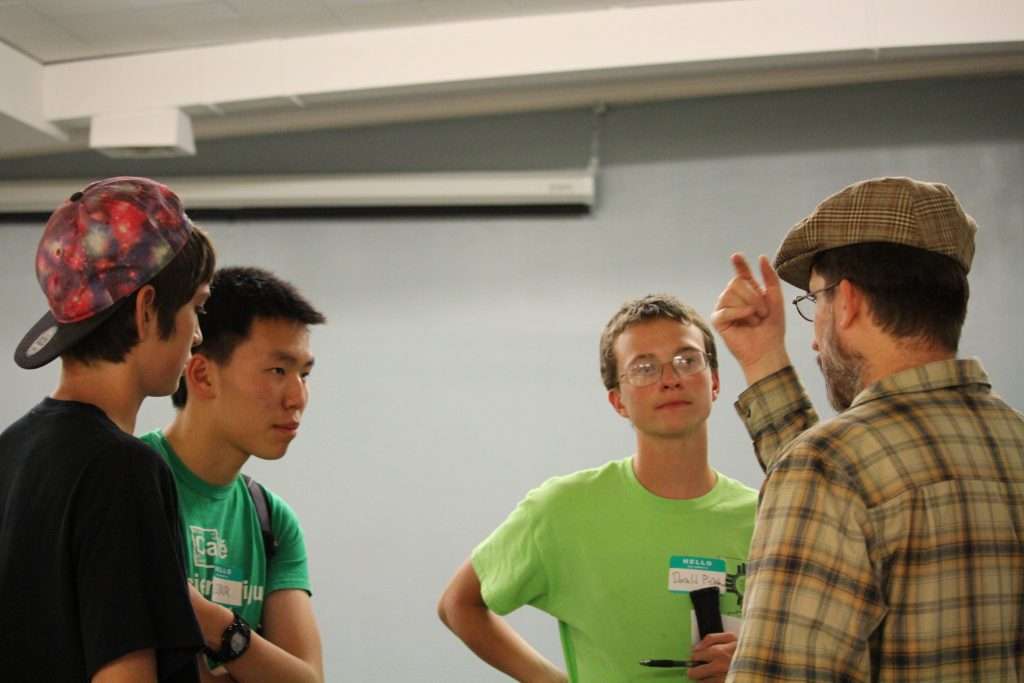We have found that it is highly valuable—and indeed essential—for presenters to do a dry run with a small group of teens before presenting to a full house. Initially, we did dry runs with an audience of science peers. It was the youth leaders that suggested that they be done before a group of teens, and we adopted this advice. This has proven exceedingly valuable in getting the presentations pitched at the right level and the graphics comprehensible. It also serves to overcome a certain intimidation factor for many presenters of presenting before a teen audience.

While many of our presenters have initially told us they are experienced at presenting to the public and never do a rehearsal, every presenter has told us afterward that the dry run was well worth their time. Presenters have told us:
“[The dry run] was crucial to prepare my presentation at the right level. I believe that dry-runs and feedback are very important for all presenters. It is necessary to know better who is the audience and what are the expectations.”
“[The dry run had a] tremendous impact…. I learned quite a lot from [the dry run] on how elements of my presentation would come across to a non-scientific audience, things I had not thought of before that I will be able to use in the future as I communicate my research.”
“The dry run was immensely valuable. It helped me select appropriate verbiage and content for the presentation. It also helped me gauge the level of delivery…. I found the student input extremely important in identifying what their peers would find interesting. After the dry run, I made significant changes to the presentation, including the elimination of confusing content, identification of real-world connections, and simpler examples.”
“I think it fundamentally changed my presentation and approach, which was a great learning experience. I still regularly use slides I made for the Café just because they are so clear and concise.”
What can happen without a dry run? In one of our early Cafés, the presenter claimed that she was far too busy to take time to do a dry run and, besides, had abundant experience with presenting to “young people.” Her first Café was a disaster. She presented far above the audience’s level, used scientific jargon, showed incomprehensible slides, and did not engage. The teens had no idea what she was talking about. Then she was upset that she got no questions. To her credit, she took feedback to heart, drastically changed her approach, and the following three Cafés in other towns were a big hit with the kids. In this case, her dry run was, unfortunately, her first Café. The lesson Café NM took from this experience was that all presenters must do the dry run.
For many of us, it is easy to feel somewhat intimidated by a busy, dynamic scientist and feel it is not our place to insist that they do the dry run. But scientists are just people, and will get the argument that the dry run is in their interest because it will improve their communication skills, while ensuring the success of their Café presentations. In our experience, if it is made clear at the beginning that the dry run is a hard expectation, very, very few scientists will refuse. Then should that happen, our attitude is, so be it, because it suggests that a Café series by them is unlikely to be very successful anyway.


